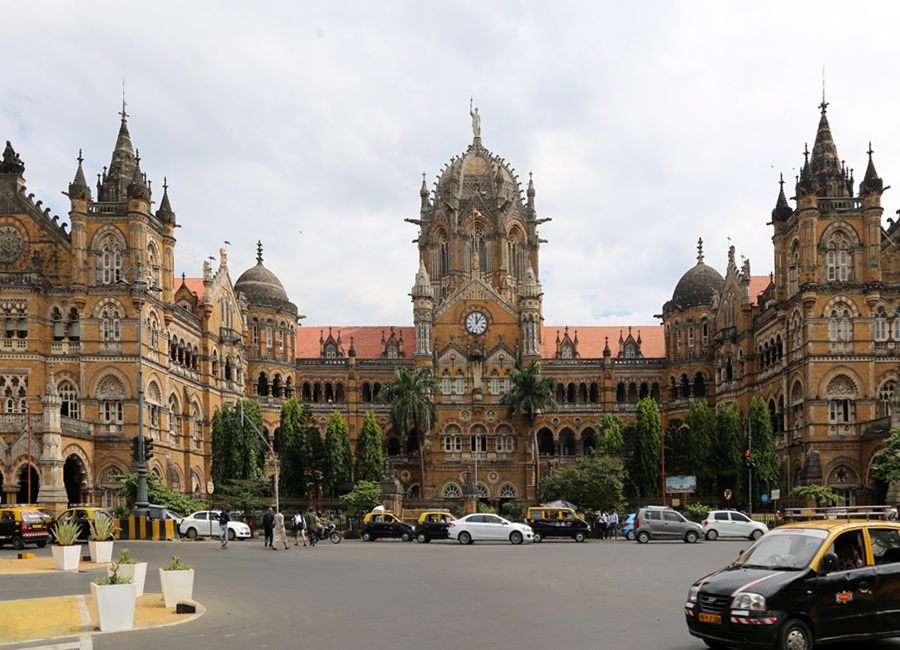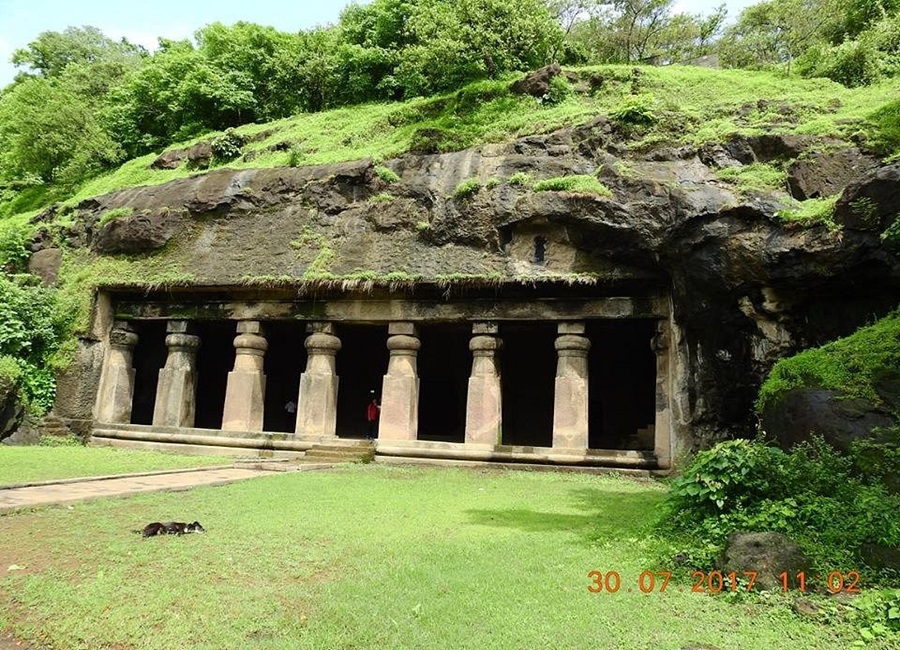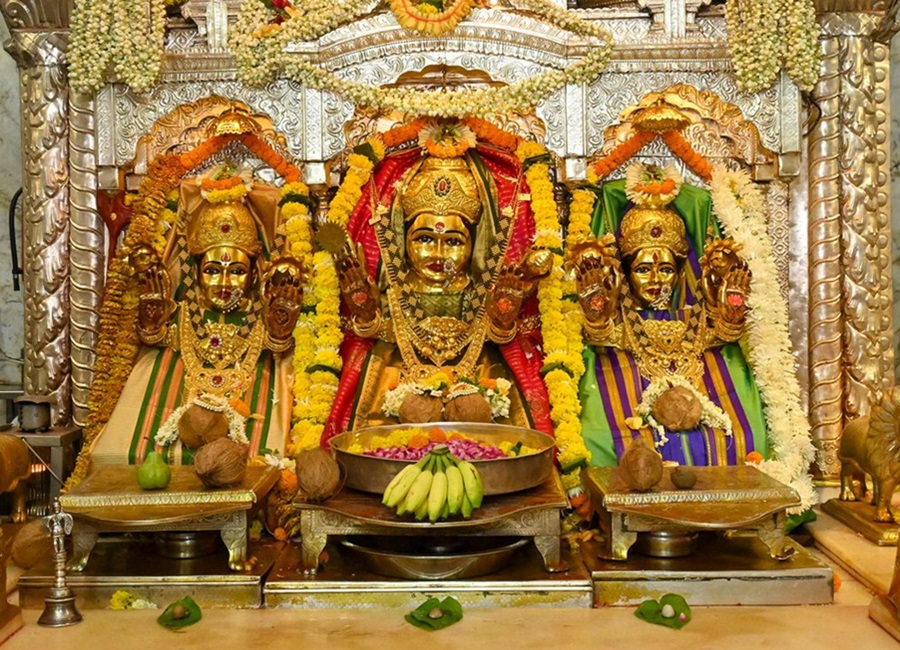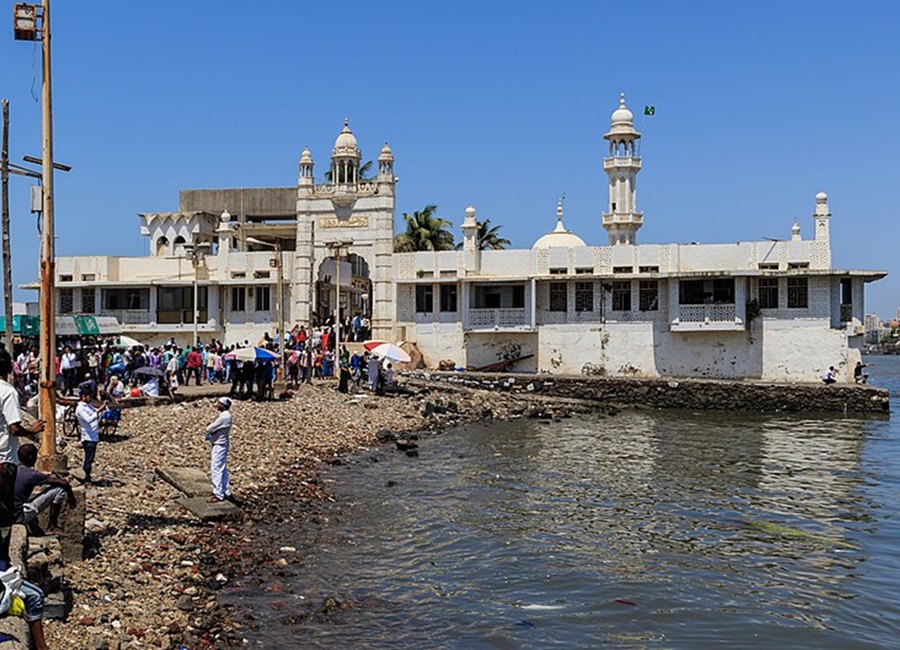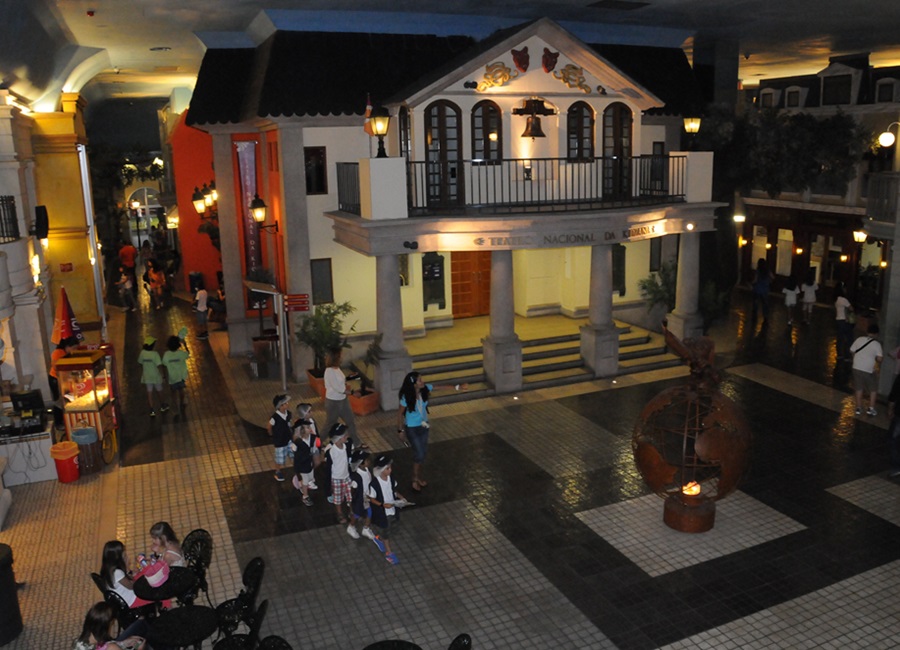Pune
Pune
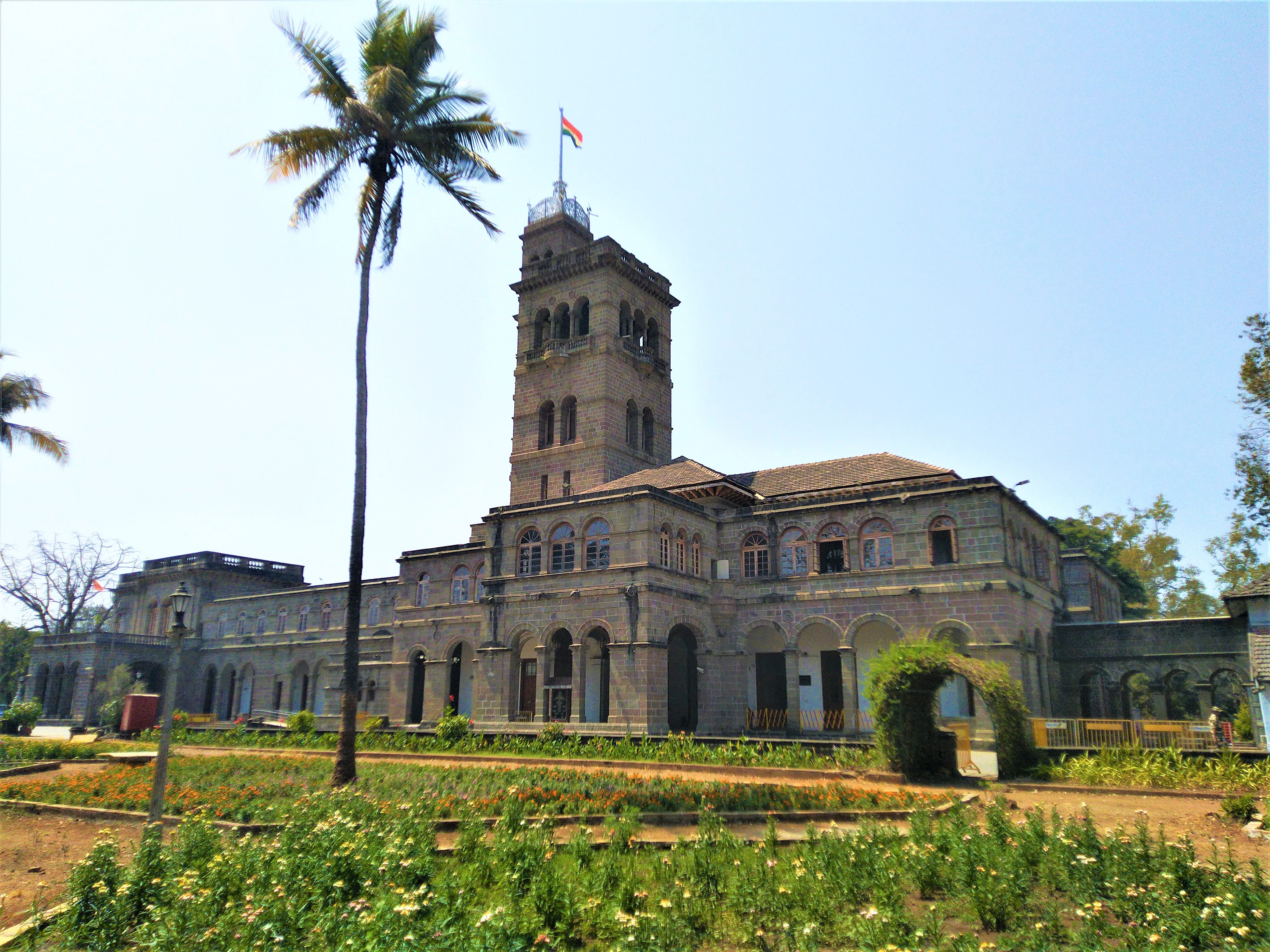
Pune at different points in time has been ruled by the Rashtrakuta dynasty, Ahmadnagar Sultanate, the Mughals, and the Adil Shahi dynasty. In the 18th century, the city was part of the Maratha Empire, and the seat of the Peshwas, the prime ministers of the Maratha Empire.[25] Pune was seized by the British East India Company in the Third Anglo-Maratha War; it gained municipal status in 1858, the year in which Crown rule began. Many historical landmarks like Shaniwarwada, Shinde Chhatri, and Vishrambaug Wada date to this era. Historical sites from different eras dot the city. Pune has historically been a major cultural centre, with important figures like Dnyaneshwar, Shivaji, Tukaram, Baji Rao I, Balaji Baji Rao, Madhavrao I, Nana Fadnavis, Mahadev Govind Ranade, Gopal Krishna Gokhale, Mahatma Jyotirao Phule, Savitribai Phule, Gopal Ganesh Agarkar, Tarabai Shinde, Dhondo Keshav Karve, and Pandita Ramabai doing their life's work in Pune City or in an area that falls in Pune Metropolitan Region. Pune was a major centre of resistance to British Raj, with people like Gopal Krishna Gokhale, Bal Gangadhar Tilak playing leading roles in struggle for Indian independence in their times.The earliest reference to Pune is an inscription on a Rashtrakuta Dynasty copper plate dated 937 CE, which refers to the town as Punya-Vishaya, meaning 'sacred news'.By the 13th century, it had come to be known as Punawadi.









